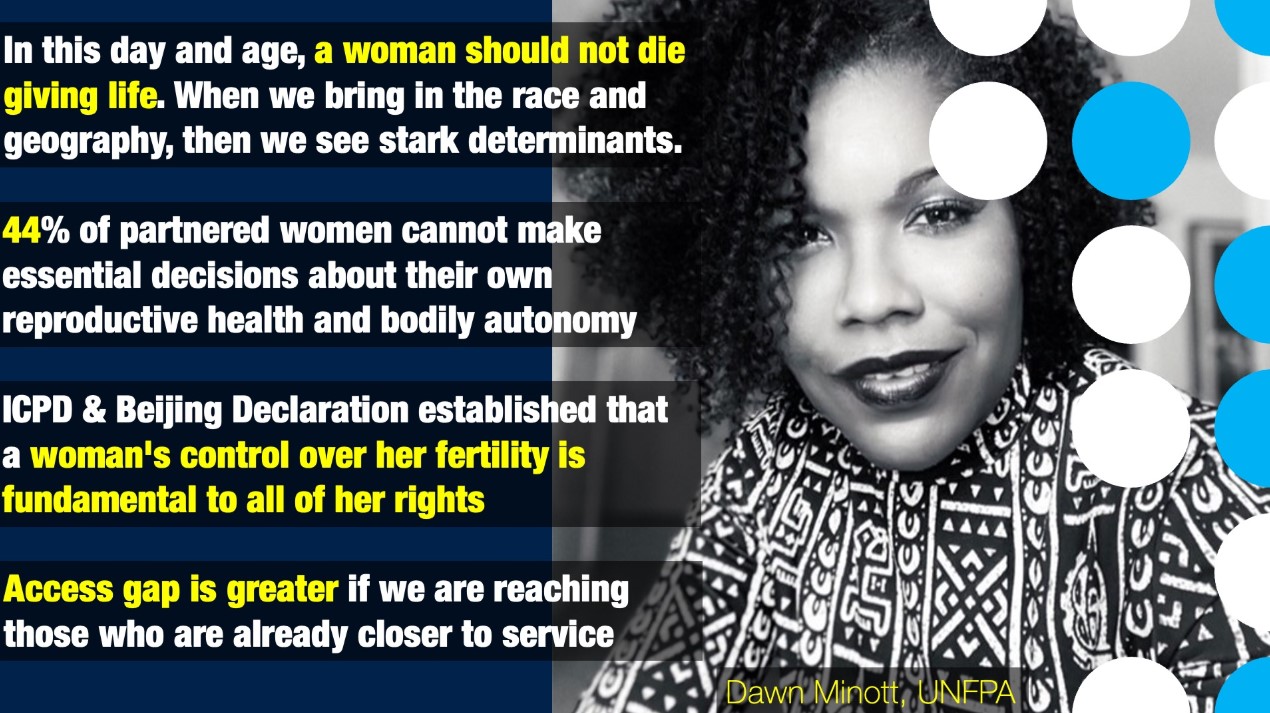Despite over 30 years of focus on bridging the health gap between men and women, new research reveals that significant disparities persist. This analysis, published in The Lancet Public Health journal, examined the 20 leading causes of illness and death across genders, ages, and global regions. The findings highlight the ongoing and complex nature of health differences between men and women, emphasizing that progress in closing this gap has been minimal over the past three decades.
Understanding Gender Health Disparities
Health disparities between men and women are not solely due to biological differences. Social, cultural, and economic factors also play a crucial role in shaping these disparities. The study reveals several key points:
1. Different Health Challenges: While both sexes experience different health challenges, the specific conditions affecting each gender vary significantly. Women report higher rates of conditions like lower back pain, depression, and headaches. Conversely, men face a higher risk of premature death due to factors like cardiovascular diseases, road accidents, and even COVID-19 in recent years.
2. Impact of Gender Roles: Gender roles and societal expectations can limit women’s access to healthcare and support. In many cultures, women are often the primary caregivers in their families, prioritizing the health and well-being of others over their own. This self-neglect can lead to the worsening of untreated health conditions.
3. Healthcare Access and Quality: There is a notable gap in healthcare access and quality between men and women. Women may face challenges in receiving appropriate medical attention due to biases within the healthcare system. Additionally, women’s health research has historically been underfunded and underprioritized, resulting in less awareness and fewer advancements in treatments tailored specifically to women’s needs.
Key Health Issues Affecting Women
The study highlights several health issues that disproportionately affect women:
- Lower Back Pain: Women report higher rates of lower back pain compared to men. This condition can be debilitating and impact daily activities, yet it is often overlooked or inadequately treated.
- Depression: Depression rates are higher among women, influenced by hormonal changes, social pressures, and the burden of caregiving. Women are more likely to experience depression and anxiety, yet mental health services are often not accessible or tailored to their needs.
- Headaches: Chronic headaches and migraines are more prevalent in women. These conditions can severely affect quality of life and productivity, yet research and treatment options remain limited.
Key Health Issues Affecting Men
Men face their own set of health challenges:
- Cardiovascular Diseases: Men are at a higher risk of cardiovascular diseases, which are a leading cause of premature death. Lifestyle factors, such as diet, exercise, and stress, contribute significantly to this risk.
- Road Accidents: Men are more likely to be involved in road accidents, leading to higher mortality rates from such incidents. Risk-taking behaviors and occupational hazards play a role in this disparity.
- COVID-19: In recent years, men have been shown to have a higher risk of severe illness and death from COVID-19. Biological differences, as well as higher rates of pre-existing conditions, contribute to this increased risk.
Addressing the Disparities
Addressing these health disparities requires a multifaceted approach. Here are some strategies that can help bridge the gap:
1. Promoting Gender Equality: Gender equality in all spheres, including healthcare, is essential. Policies that promote equal opportunities and rights for men and women can help reduce health disparities.
2. Improving Healthcare Access: Ensuring that both men and women have equal access to healthcare services is crucial. This includes affordable and quality healthcare, as well as specialized services tailored to the unique needs of each gender.
3. Increasing Awareness and Education: Public health campaigns should focus on increasing awareness about gender-specific health issues. Educating both healthcare providers and the public about these disparities can help in early detection and treatment.
4. Enhancing Research on Women’s Health: More funding and resources should be allocated to research on women’s health issues. This will lead to better understanding, prevention, and treatment of conditions that disproportionately affect women.
5. Challenging Societal Norms: Societal norms and gender roles that contribute to health disparities need to be challenged. Encouraging men to seek help for health issues and ensuring that women do not neglect their own health in favor of caregiving responsibilities are important steps.
The study published in The Lancet Public Health highlights the persistent and complex nature of health disparities between men and women. Despite efforts over the past three decades, significant gaps remain. Addressing these disparities requires a concerted effort from policymakers, healthcare providers, and society at large. By promoting gender equality, improving healthcare access, increasing awareness, enhancing research, and challenging societal norms, we can move towards a future where both men and women have the opportunity to achieve optimal health.
It is imperative that we take immediate and sustained action to address these disparities. Everyone, from healthcare professionals to policymakers and individuals, has a role to play in promoting gender health equity. By working together, we can ensure that all individuals, regardless of gender, have access to the healthcare and support they need to lead healthy, fulfilling lives.

 Ensuring that both men and women have equal access to healthcare services is crucial. This includes affordable and quality healthcare, as well as specialized services tailored to the unique needs of each gender.
Ensuring that both men and women have equal access to healthcare services is crucial. This includes affordable and quality healthcare, as well as specialized services tailored to the unique needs of each gender.





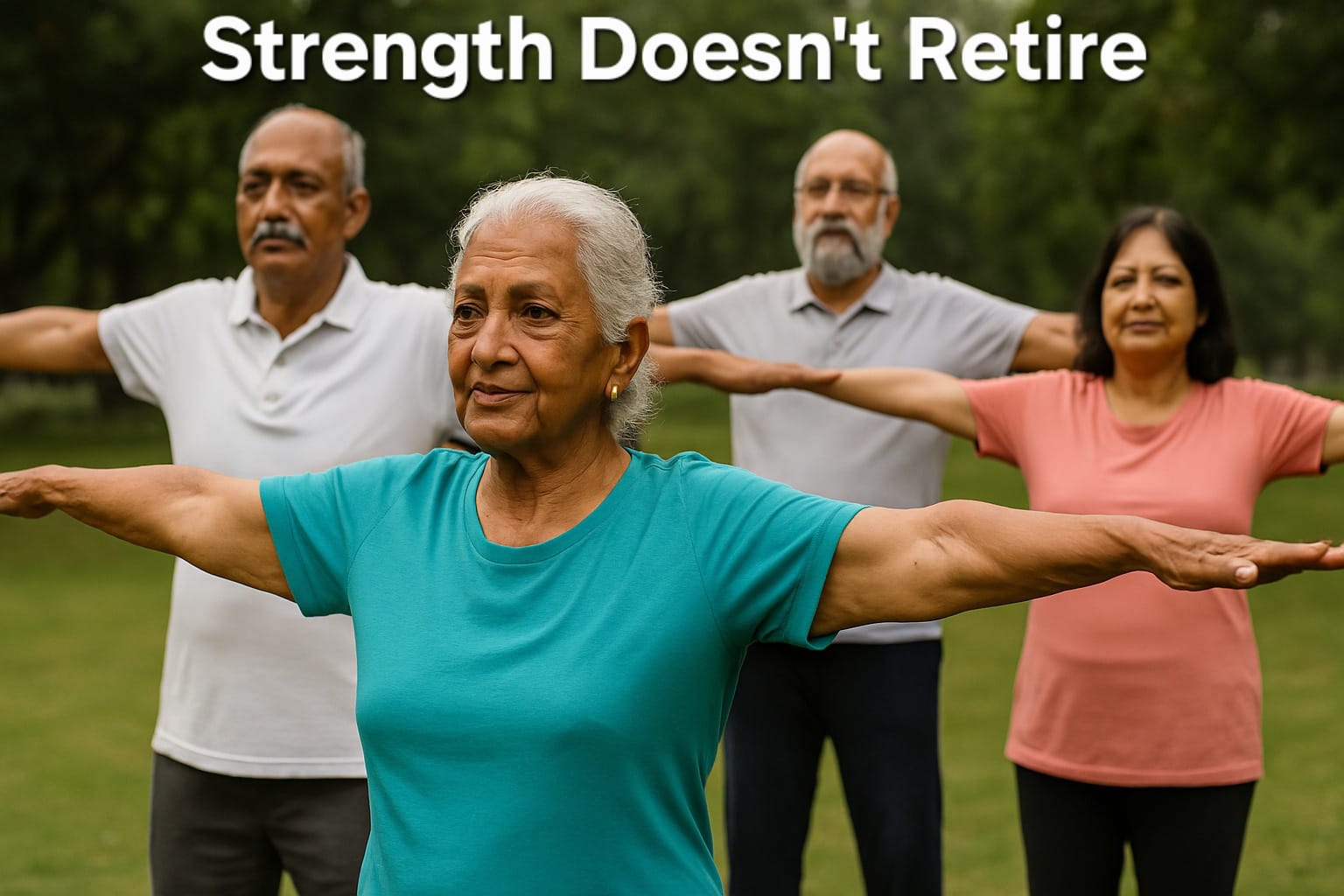
.jpeg)

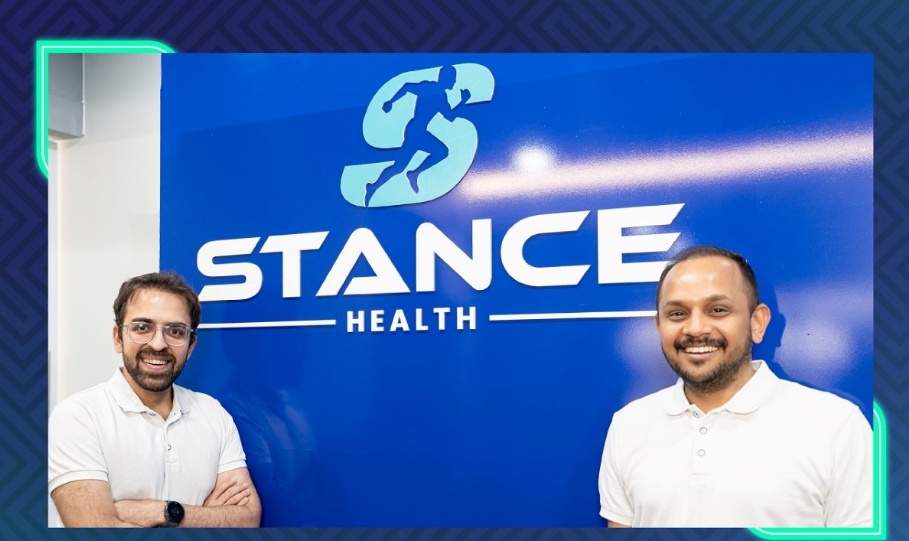

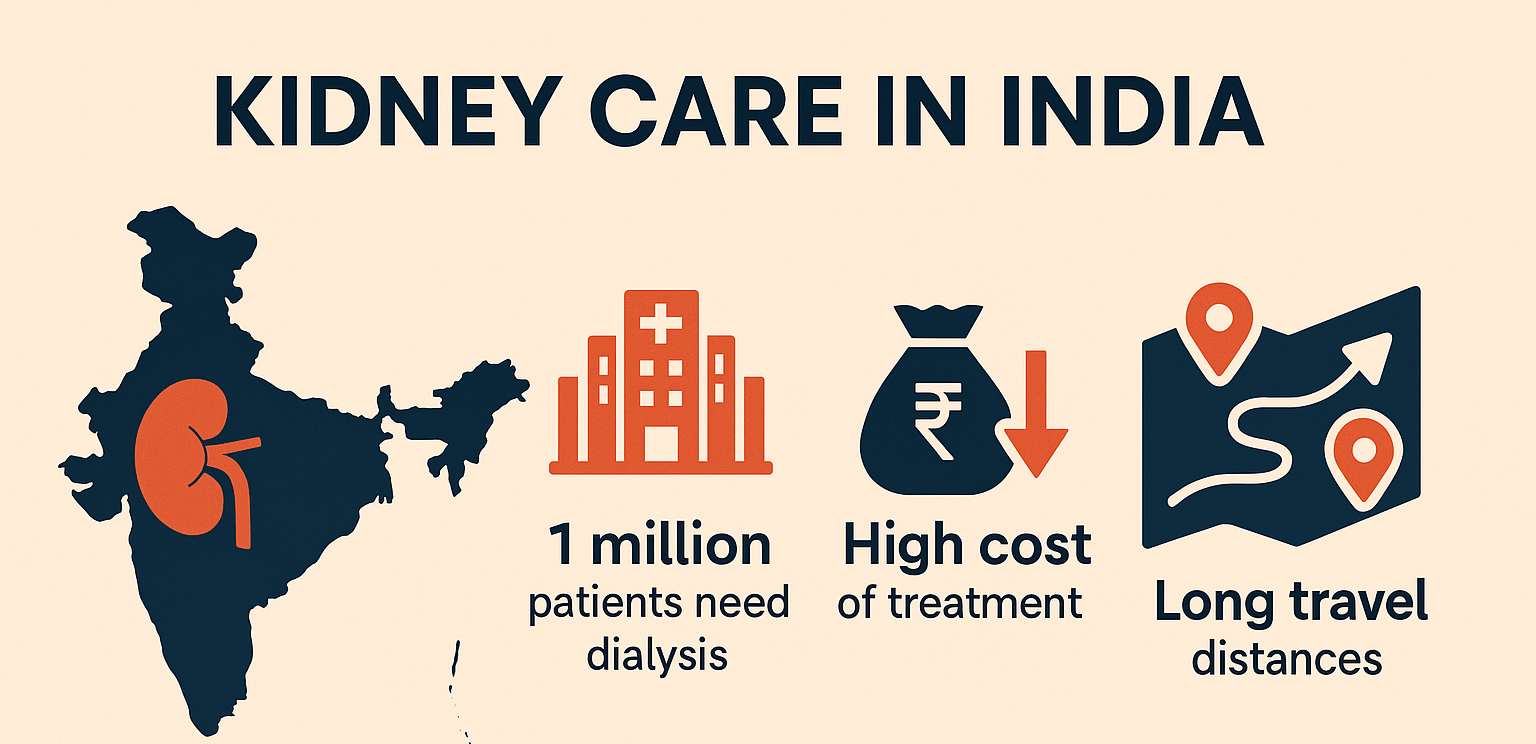

.jpeg)







.jpeg)

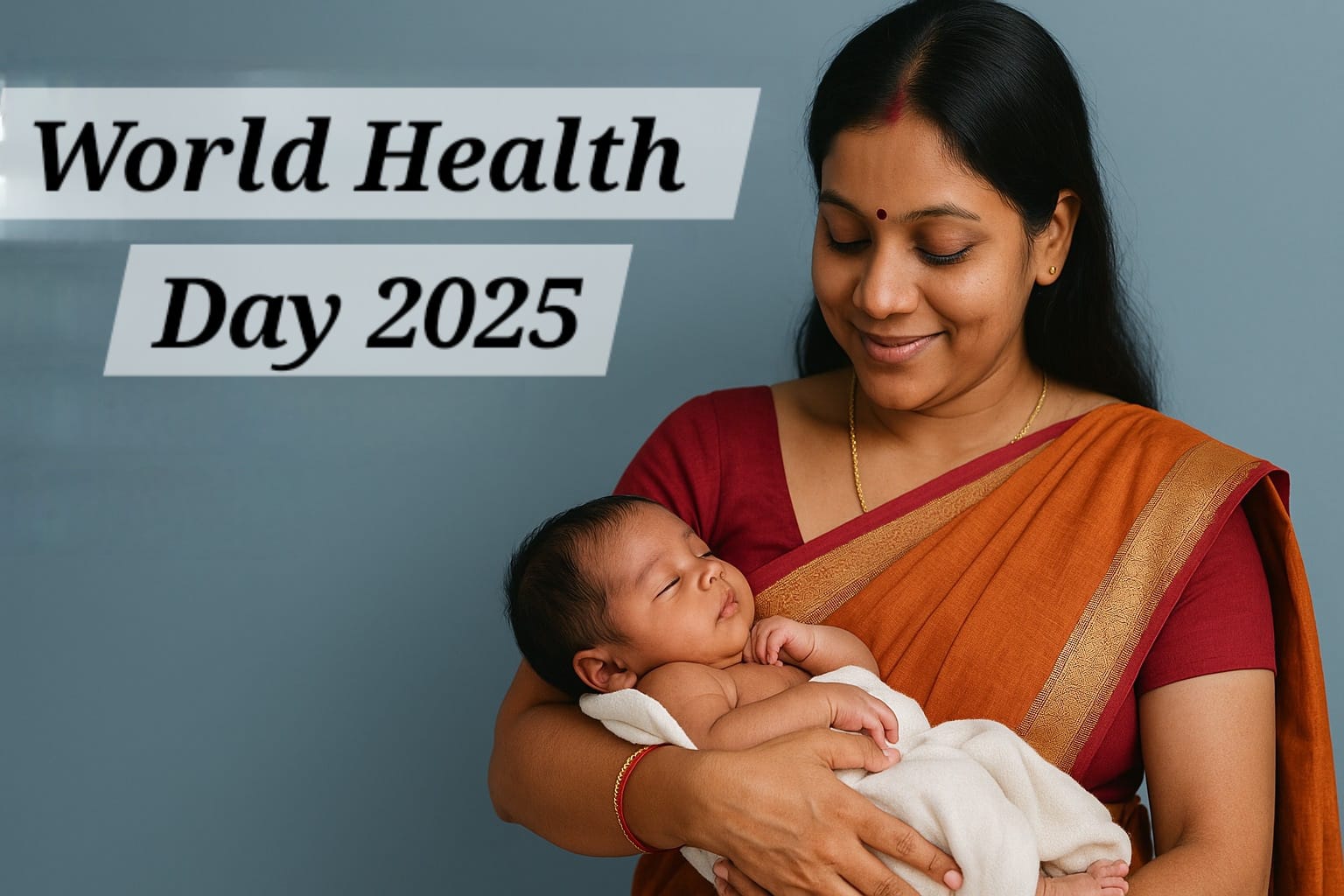


.jpeg)
.jpeg)

